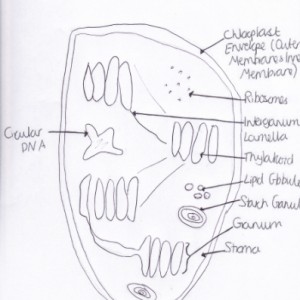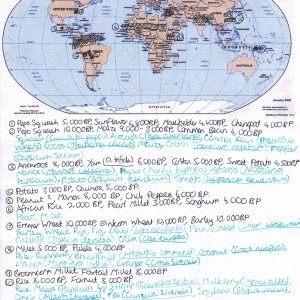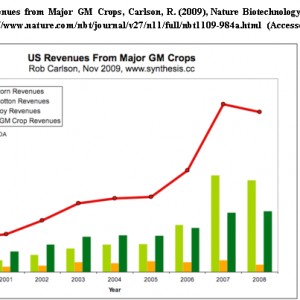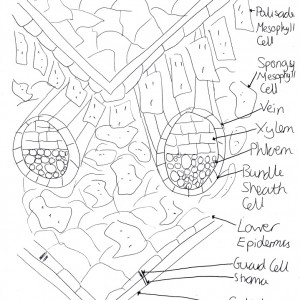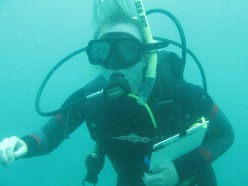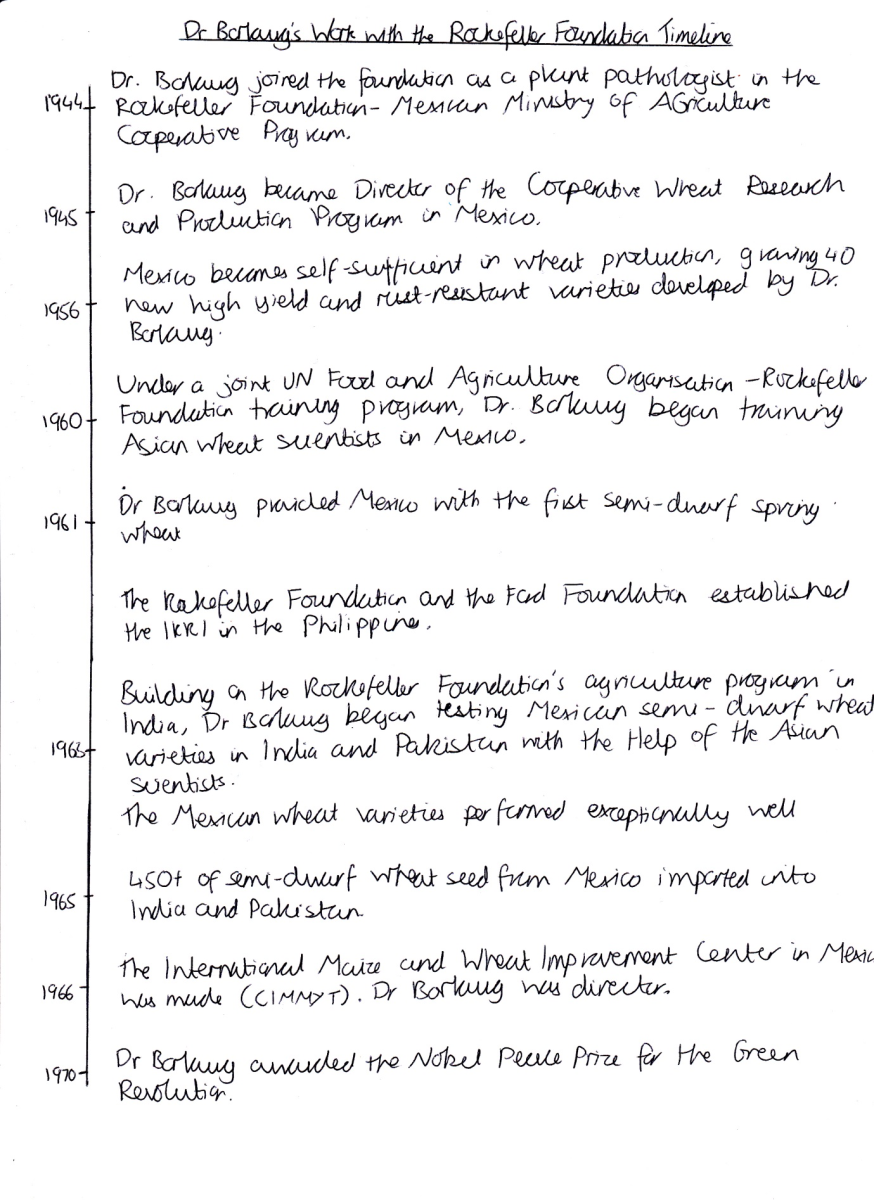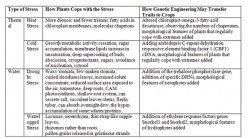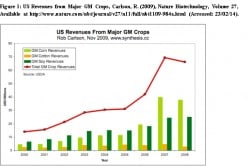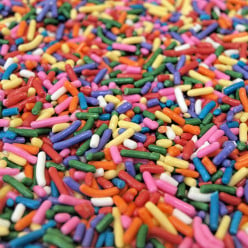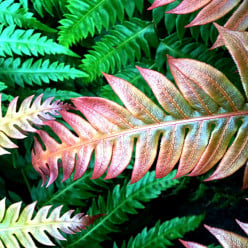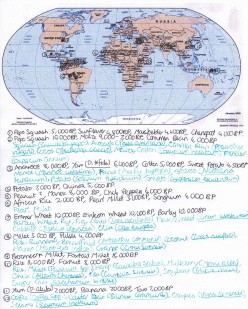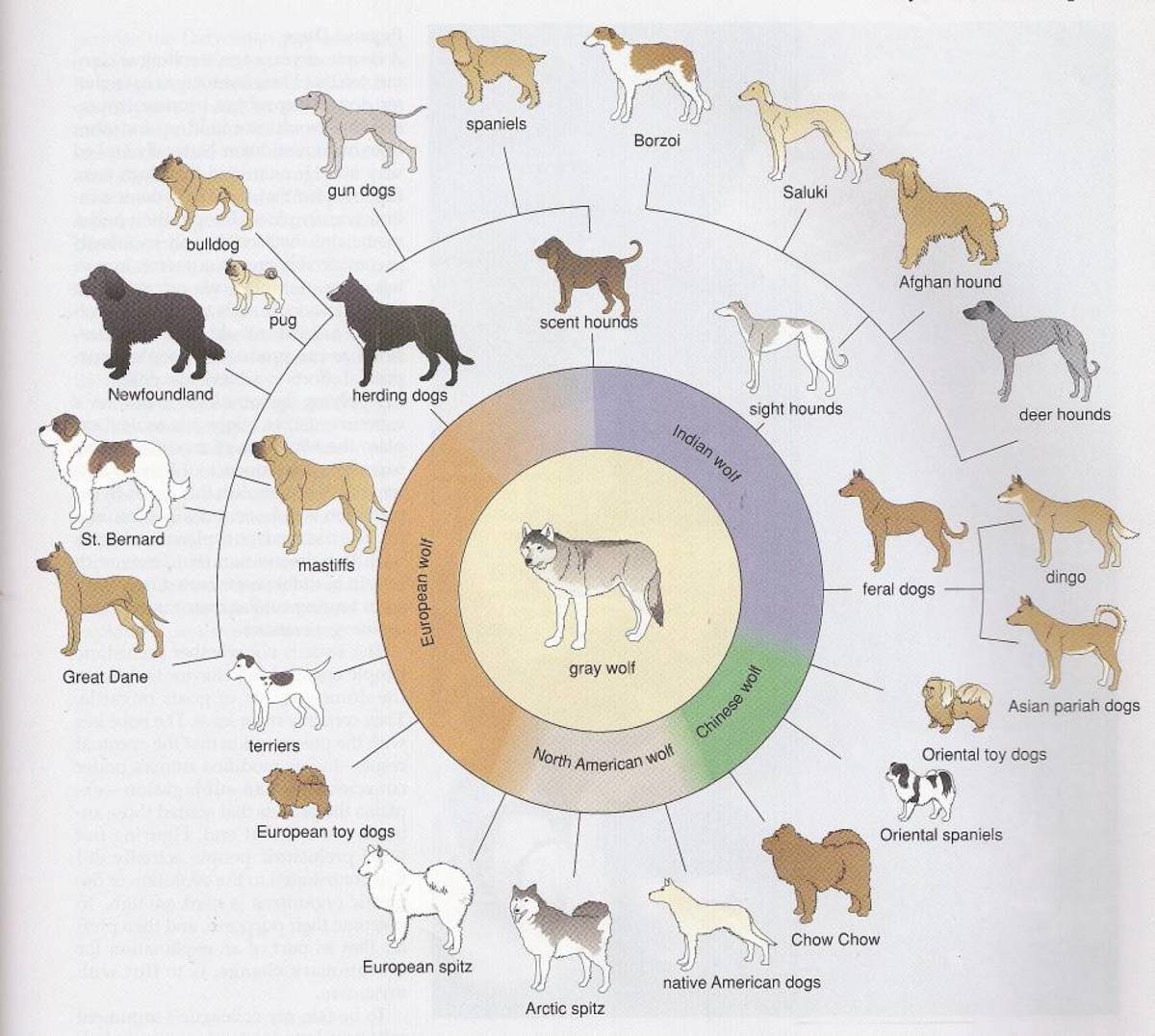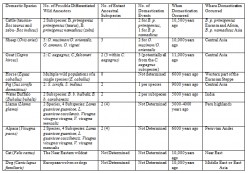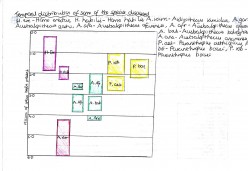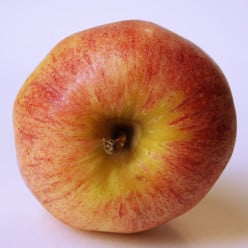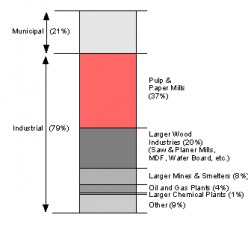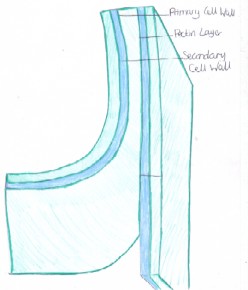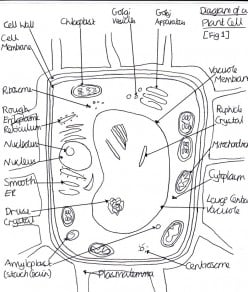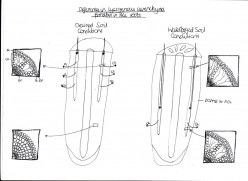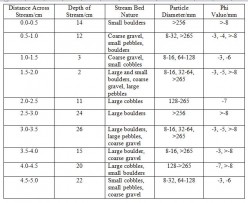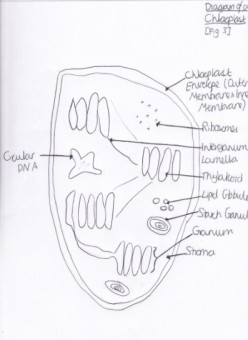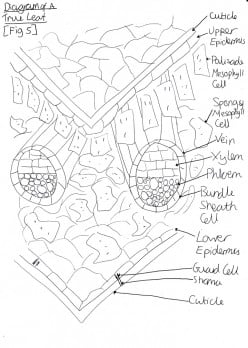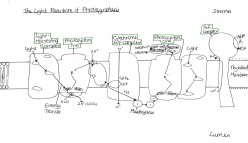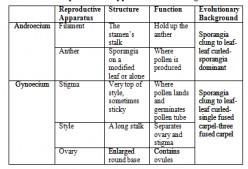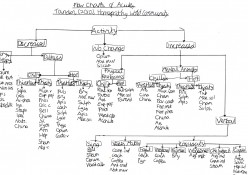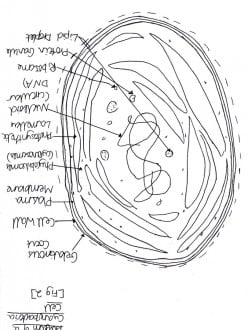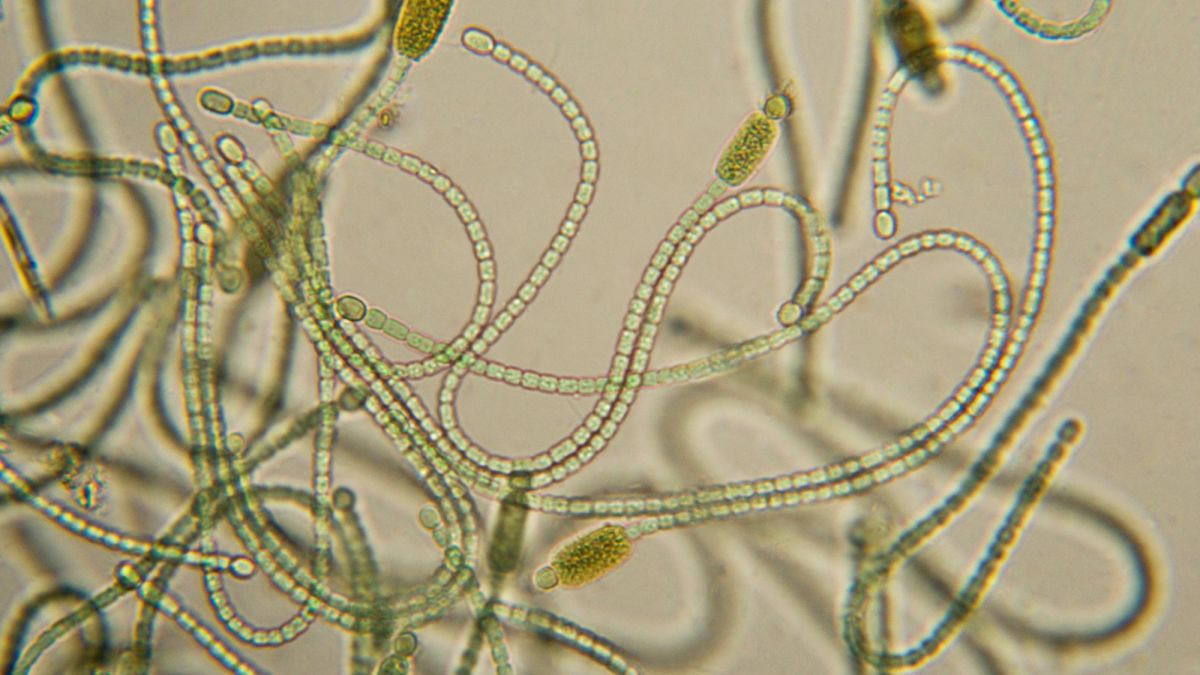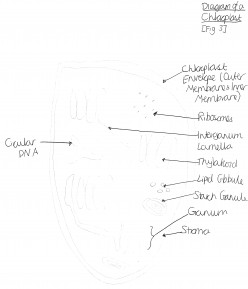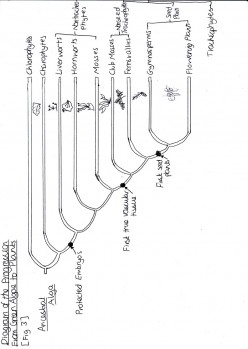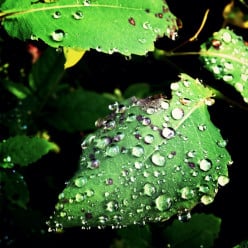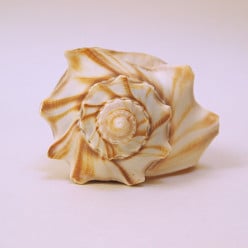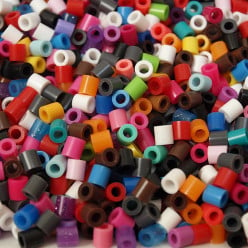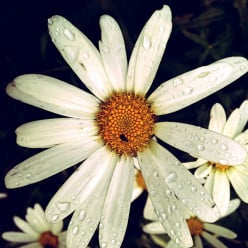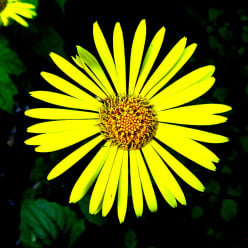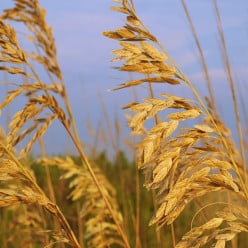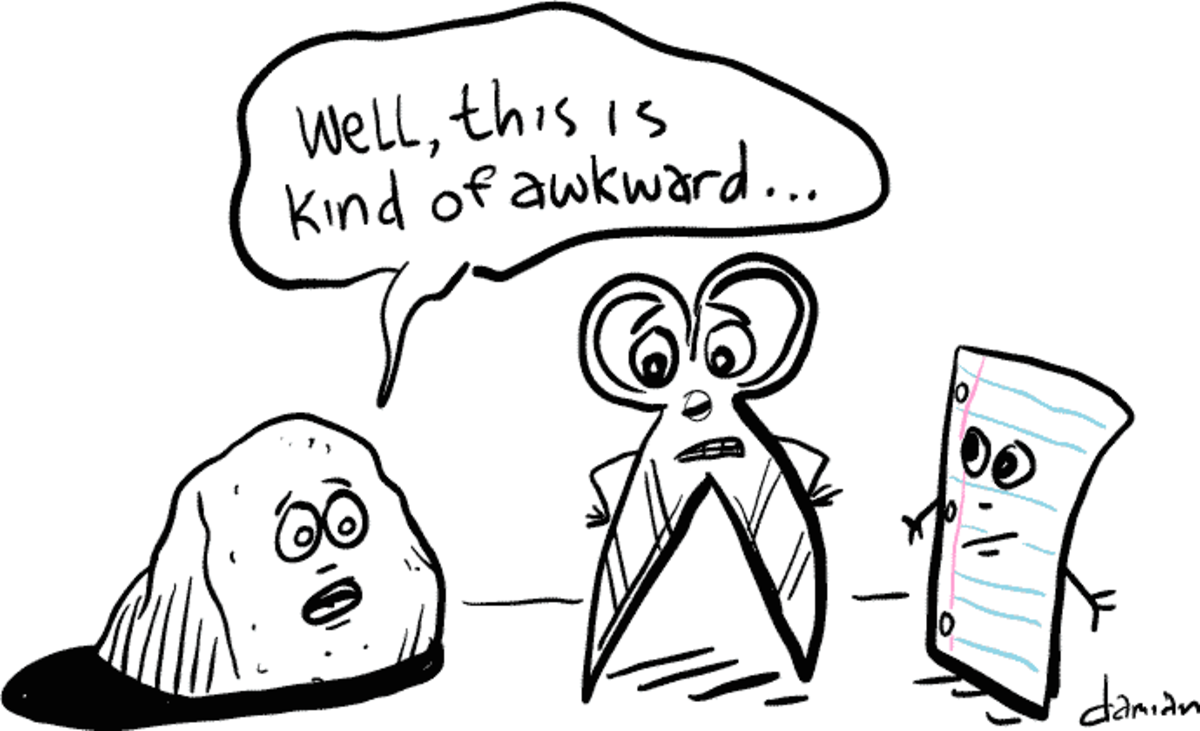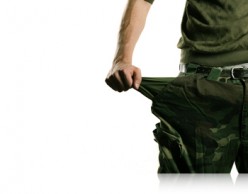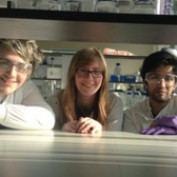 70
70- 0
What Affects Coral?
What affects coral? Temperature, depth, salinity, light, sedimentation, emergence into the air.
- 0
Cheap and Easy Student Train Travel:A Graduate's Guide
I am a recent graduate who has just spent the last three years at university. Before uni I never really got the train before because the nearest train station is a 30 minute drive away. Over the past couple of years I have learnt some tips and...
- 0
The Green Revolution
The Green Revolution occurred in the 1960s and 70s. In the first half of the 20th century, the increased use of fertiliser improved crop yields but enough food could still not be grown to support the growing human population. Ehrlich (1968)...
- 0
How Plants Deal with Stress and How Genetic Engineering Methods Might Enable Such Traits to be Transferred to Crops
How Plants Deal with Thermal and Water Abiotic Stress and How Genetic Engineering Methods Might Enable Such Traits to be Transferred to Crops
- 0
Developing Countries and GM Agriculture
The literature dissertation was focused around developing countries and genetically modified agriculture. The purpose of the literature dissertation was to: expose the similarities and differences between related studies and explain the causes of...
- 0
Biotechnology and Agriculture
The Use of Genetic Engineering in Crop Modification Herbicide Resistance Genetic engineering can modify crops to be tolerant against herbicides such as the broad spectrum herbicide Glyphosphate, which is marketed as Roundup. It affects the...
- 0
The Role of Non-Biological Technologies in Agricultural Improvement from 1900
Before 1950 food production was able to increase because of converting extra land for agricultural use. After 1950 crop production increased due to the development of mechanical (mechanisation, inputs and management) and biological technologies...
- 0
The Key Aspects of Modern Breeding
Genetic variation today is limited because of humans and the human selection of desirable traits. This repeated process causes populations to form a genetic bottleneck. In the 20th century, the importance of induced variation was realised and...
- 0
Plant Domestication
Domestication is when a species has been modified by humans, for example in terms of genetics and behaviour. The survival of some plants was purely due to humans. An example of this is Sinskaja’s (1928) study of hemp (Cannabis sativa). The plant...
- 0
The Domestication of the Dog, Fox, Cattle and Sheep
Modern breeds of dogs are only approximately 200 years old and so have spent most of their time as wolf-dog hybrids [Figure 2]. It is uncertain exactly when dogs were first domesticated, but it appears to be approximately 10,000 years ago. There...
- 0
Animal Domestication and the Significance of Genetic Linkage
According to Russell (2002), the biological definition of animal domestication is when humans have control of the breeding of an animal or if there is a form of human-animal symbiosis. However, neither of these prerequisites is always the case, for...
- 0
The Major Food Acquisition Strategies Used by Hominines from 2mya until 8,000ya
The Major Food Acquisition Strategies Used by Hominines from 2mya until 8,000ya
- 0
The Major Human Dietary Macro and Micro Nutrients
The Major Human Dietary Macro and Micro Nutrients
- 0
An Example of a European Site Designation Report
Severn Estuary (Wales) SAC, SPA and Ramsar site. The mouth of the Severn Estuary (Wales) at grid reference ST321748, coordinates 511329N 030257W, is part of Great Britain’s longest river. The estuary is 14km between Cardiff (Lavernock Point) and...
- 0
Some Uses of Genetic Engineering to Modify Wood Composition in Trees
Some Uses of Genetic Engineering to Modify Wood Composition in Trees. Manipulation of Lignin. Faster Growing Trees.
- 0
The Structure, Function and Usefulness (to Humans) of Plant Cell Walls
The plant cell wall consists of three layers, as shown by figure five. Middle Lamella The first layer is that of the middle lamella [Figure six]. It is composed of pectic compounds, pectic acid and protein. The middle lamella makes up the outer...
- 0
The Organisation and Growth of Plant Bodies in Comparison with Animals
The Organisation and Growth of Plant Bodies in Comparison with Animals
- 0
Three Major Classes of Plant Hormones and their Practical Uses
Three Major Classes of Plant Hormone and their Practical Uses: Auxin, Ethylene, Cytokinin
- 0
Does the Presence of Precipitation Affect Behaviour in a Horse, in Particular the Behaviour of ‘Rest’?
Ethogram and Mini-Project Behavioural Ecology Assignment.
- 0
An Investigation into the Antimicrobial Effects of Different Items
An Investigation into the Antimicrobial Effects of Different Items: Cif, Penicillin
- 0
The Ecological Characteristics of Streams
Physical and Biological Characteristics of Freshwater Rivers: Ecology
- 0
The Key Differences Between Plant and Animal Cells
The three main differences between plant and animal cells is that of plastids, the cell wall and a large central vacuole, which will now be explained in greater detail .
- 0
A Description of the Structure and Function of the Cells and Tissues of a Typical Higher Plant
Higher plants are the angiosperms, gymnosperms, ferns and clubmosses etc.
- 0
The Light Reactions of Photosynthesis
Photosynthesis is a very complex process and so can be different to define at times, as instead it must be described. To illustrate this point, the Oxford Dictionary of Biology (2008) outlines it as: “The chemical process by which green plants and...
- 0
Angiosperm Reproduction
The Oxford Dictionary of Biology (2008) defines angiosperms in a very simplistic way, stating only that they are “flowering plants”. However to properly describe them, their method of reproduction must be properly explained. Thus, a more...
- 0
Medicinal Plants and Botanical Gardens
Medicinal Plants and Botanical Gardens
- 0
How Eukaryotic Plants Colonised the Land
Life first began on Earth 3.5 billion years ago and since then it-and more importantly-the organisms it contains, have greatly changed. This gradual evolution is due to natural selection because between each generation there are variations, e.g....
- 0
What Are Cyanobacteria, and How Are They Similar or Different From Plants?
Cyanobacteria have plant-like characteristics but do not belong to kingdom Plantae.
- 0
What is a Plant?
It is very difficult to describe a plant exactly, since there are so many different variations between them. However it is possible to make a few general rules which, although they are broken by numerous exceptions to the rule, it does provide a...
- 0
Brassicaceae
Observable Differences Between Lower Plant/Gymnosperm Tissues and Angiosperm Tissues, Growth Methodology and Description of the Life Cycle of Rapid Cycling Brassicas
- 0
The Protozoan Acanthamoeba, Students and Contact Lenses
A high 2:1 standard example of a research proposal for the first year of a BSc Biology university course.
- 4
How I passed my driving theory 2011 Notes
Anti-Lock brakes ·Prevent wheels locking so can steer while braking, thus no skid ·Useful in emergencies or general braking ·Work best when brake excessively, rapidly or firmly ·Don’t work well when road is wet or loose ·If the anti-lock...
- 1
What is the most effective small cell lung cancer treatment-EPQ A Grade Example
Introduction My aims and objectives of this project were to develop my understanding and knowledge on a topic which fascinates me-that of cancer research. Not only is it a topic which causes great distress to the individuals who have cancer but it...
- 0
All I Needed to Know for my Alevel Psychology (OCD, MEDIA, RESEARCH)
Methods · Experimental Methods-lab, field, natural, experiment · Non-experimental Methods-no IV manipulation (cause or effect), using questionnaires, interviews, naturalistic observations · Sampling-random, opportunity,...
- 0
AQA AS Sociology-everything I needed to know (Theory and Poverty)
Functionalist: · Davis and Moore – Inequality helps society to function by providing motivation to work hard and to aim to fill the more important in society. Marxist: · Bowles and Gintis – Educational institutions provide a...
- 0
AQA AS Sociology The Welfare State Changes
It created the idea of the five ‘Giant Evils’ in society: squalor, ignorance, want, idleness and disease. This provoked the Labour Party to take action, thus creating the welfare state, based on this report. In 1943, free medical treatment was...
- 0
Everything I needed to know for my AQA A2 Sociology Crime and Deviance Part 3/3
1. Physiological Theories (Lombroso) Criminals have genetically determined characterises e.g. large jaws 2. Psychological Theories Eysenck-inherit personality traits with predisposition to deviance Bowlby-attachment during early...
- 0
Everything I needed to know for my AQA A2 Sociology Crime and Deviance (2011) Part 2/3
My Completed Notes 2011 1. Positivism Induction e.g. Durkheim Should be done as a science because same objective process used 2. Popper Deduction Should be done as a science but different to Durkheim because don’t believe in...
- 0
Everything I needed to know for my AQA A2 Sociology Crime and Deviance (2011) Part 1/3 Theories of Social Study
Theories of Social Society 1. Durkheim Society made of external social facts and organism analogy Simple society (order achieved through mechanical solidarity i.e. moral rules and same norms and values because no division of labour) changes to...
- 0
The Historical Development of the Mass Media
This is a quick summary of the media types that would have really helped me if I was doing my AS or A2 Sociology again-very useful! The media refers to the many forms of communication which allows ideas to be transmitted to large numbers of people.
- 0
Random Conversation Starters to Help You Break the Ice
Random ways to start a conversation.
- 0
My top 3 best ways of making money online for free
1. TOLUNA +£15 a month, fairly fun, frequent surveys -repetitive, don't get paid directly With this website you can do many different things. However I think the best way of earning money with it is to do the sponsored polls and the...
